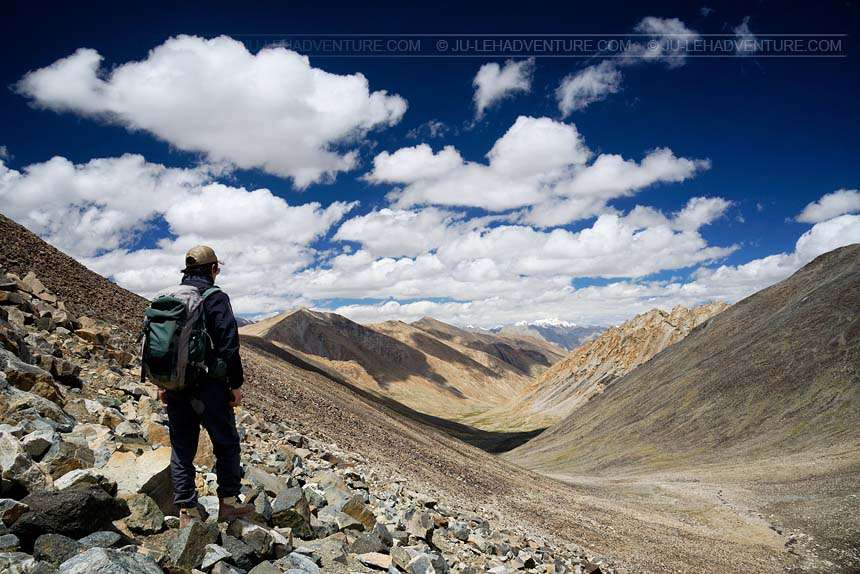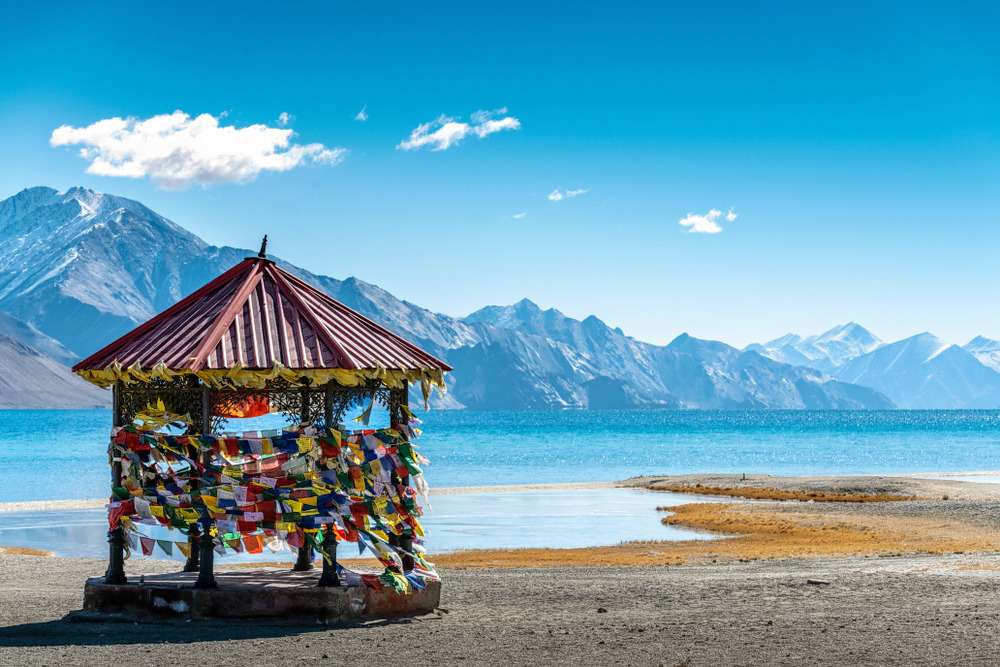Jeep Safari in Leh
Jeep Safari in Leh is a mandatory tour on the list of all the adventure lovers. Ladakh has one of the most beautiful landscapes in India. We believe that jeep safari is the best way to explore the rugged and hilly terrain here in Ladakh as they provide a more comfortable transportation and can accommodate large groups as well. Exploring Leh with your group of friends and families will be an experience of a lifetime. One can go on a jeep safari from Manali to Leh or from Srinagar to Leh. Generally, the route from Manali to Leh is preferred the most. One can find a lot of variations of nature’s beauty nested along this route. It’s a 458 km stretch that tests one’s patience and determination to the fullest. Moreover, since the terrain is rugged, a four-wheel drive jeep will ensure a smooth and comfortable ride all along.
One can cover Rohtang Pass which is at an altitude of 13,000 feet and enjoy the sand and natural rock formations with the scenic view of Lahaul Valley at the backdrop. Khardung La Pass is a must visit as it’s one of the highest motorable roads in the world to enjoy biking at Ladakh. Pangong Lake is one of the breathtaking lakes in the world and will leave you in awe of Leh and Ladakh. Exploring Ladakh by road in a jeep safari with friends and family is a memory worth- making. It is famous for its moonscape and challenging climate. In the last few years, it has made to the top of the adventure destinations in India. Ladakh has a lot of untouched locations that one can explore. Due to the scenic views of ice-covered mountains and the surreal water lakes, a road trip is the best option to explore this place. It attracts tourists and adventure enthusiasts from all around the world. It wouldn’t be wrong to say that Ladakh is the ultimate dream destination of an adventure junkie.
Leh Jeep Safari Packages | Duration | Price |
|---|---|---|
| The Snow Ladakh Platter - All Adventure Inclusive | 7 days & 6 nights | INR 21,950 |
| 6 Days Ladakh Backpacking Tour | 6 days & 5 nights | INR 19,200 |
| Cheapest Ladakh Tour Package | 7 days & 6 nights | INR 21,900 |
| Manali Leh Manali Jeep Safari | 12 days & 11 nights | INR 37,800 |
Leh Jeep Safari Packages
Best Jeep Safari Destinations
Our Partners
Newly Added Experiences
Tourism Board Alliances
Leh Jeep Safari Reviews









